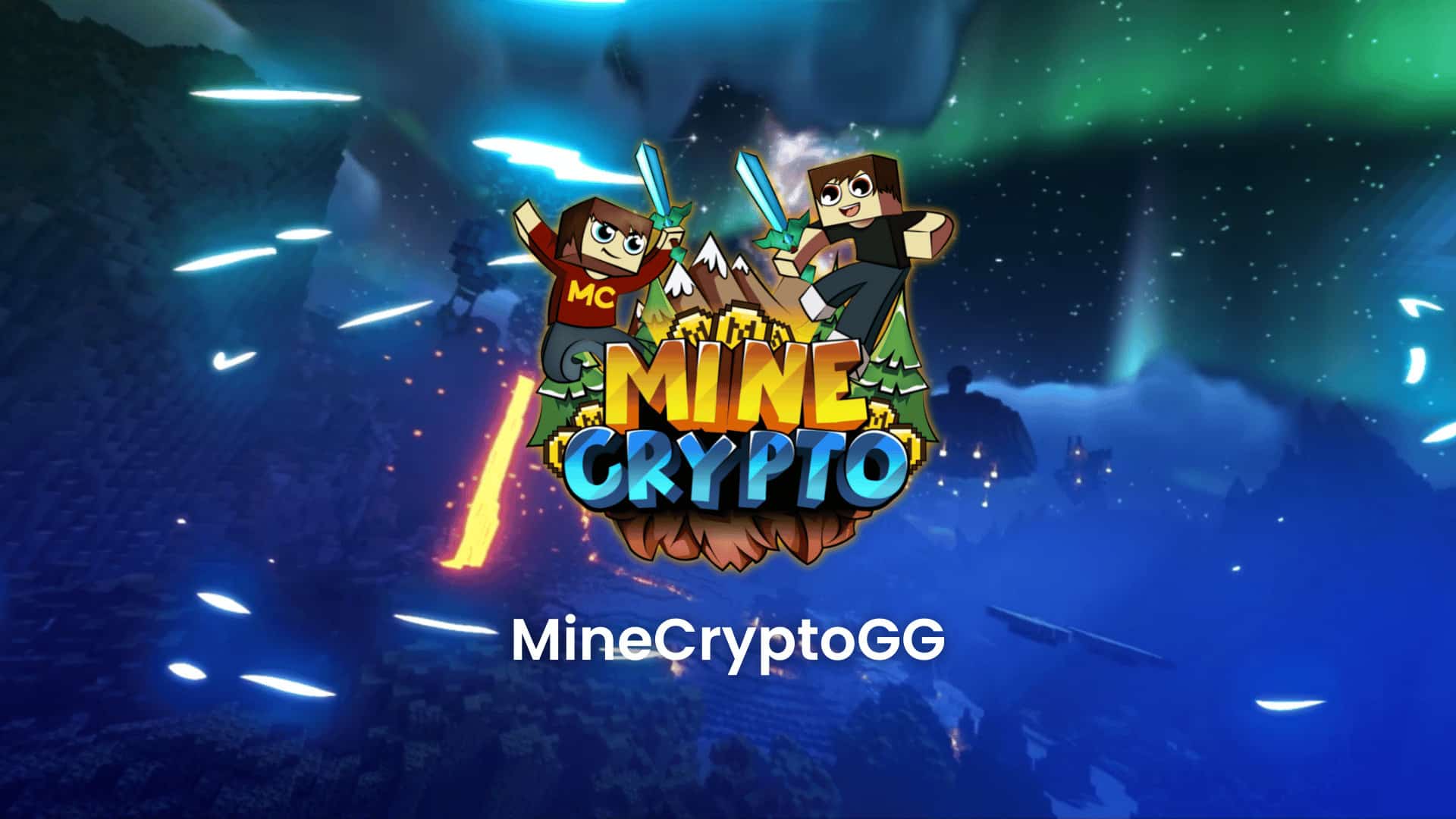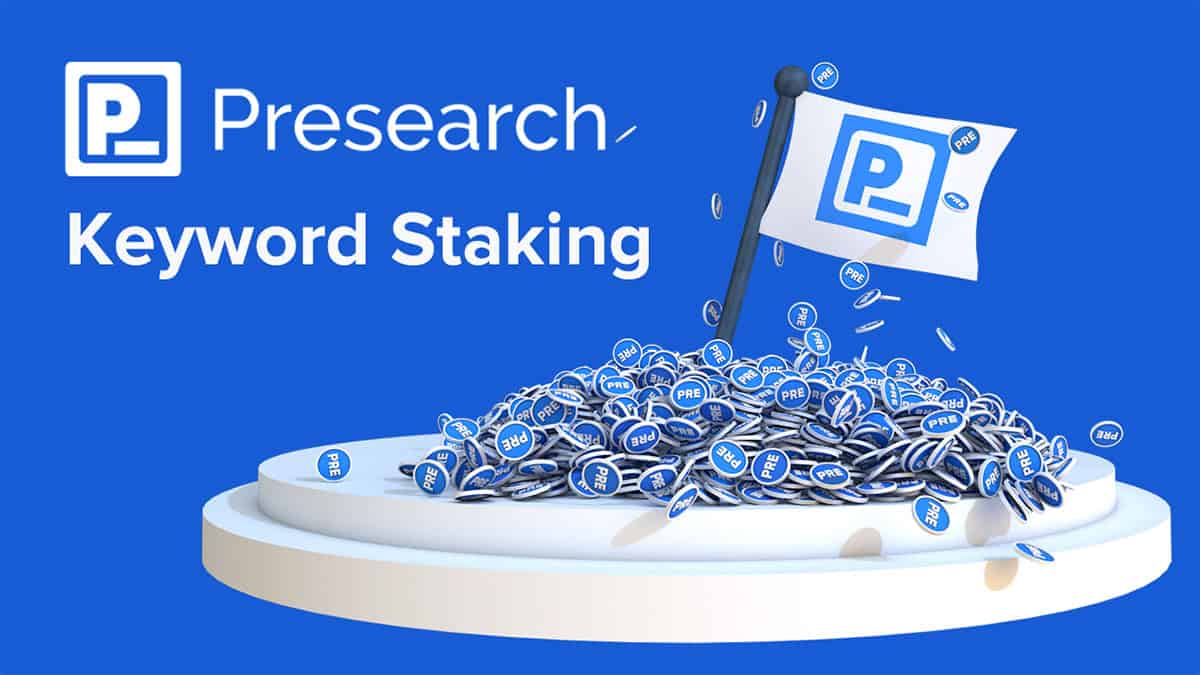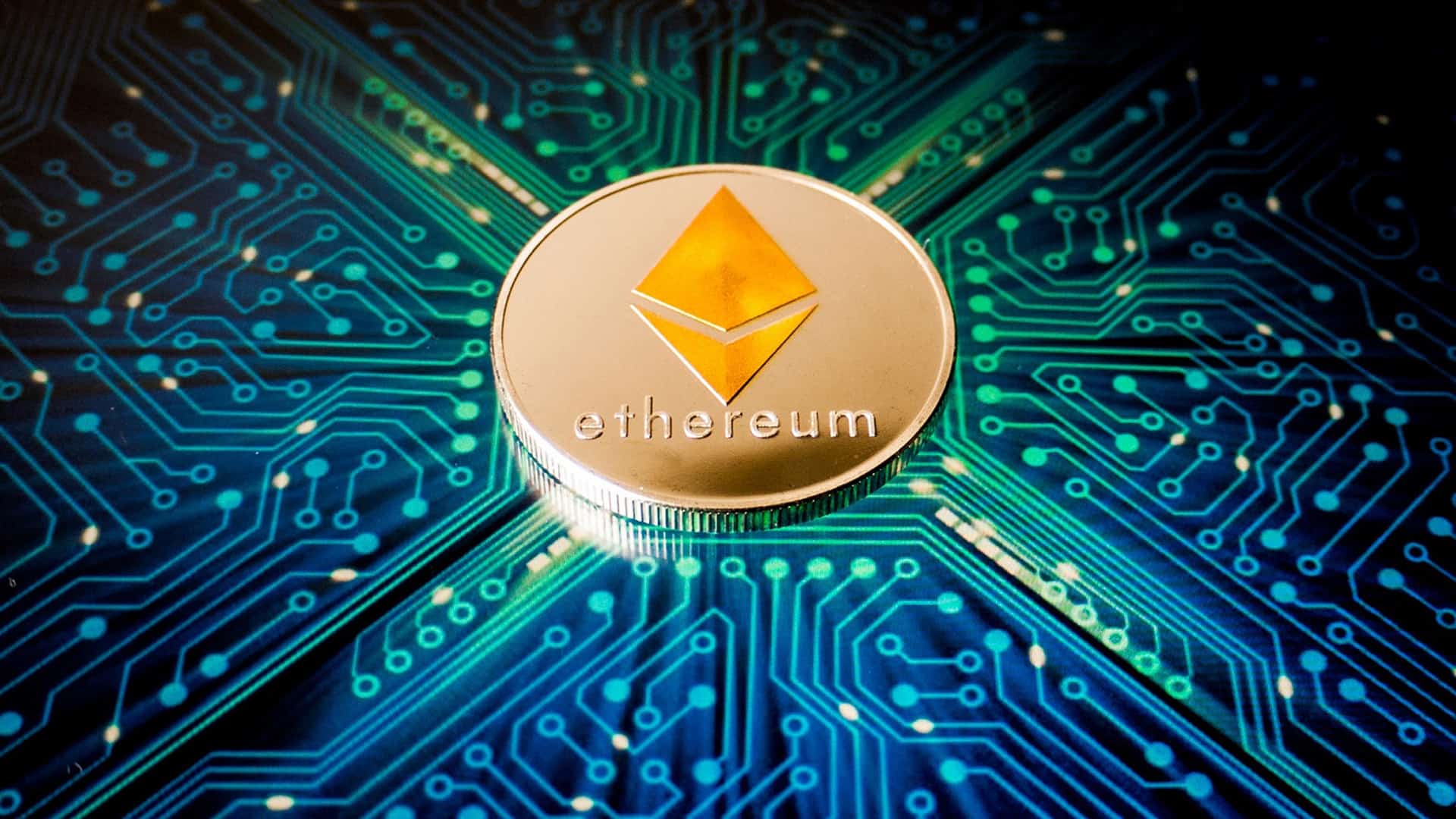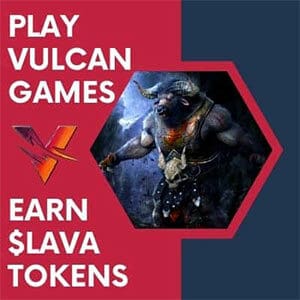Anton Wahrstätter is an Ethereum researcher who came up with a proposal that would allow “stealth” addresses to make public transactions on the Ethereum mainnet.
He proposes that an ERC-721 extension – Ethereum’s current standard for NFTs – will implement stealth addresses. Wahrstätter proposes to use a cryptography technique called zk-SNARKs.
zk-SNARK or Zero-Knowledge Succinct Non-Interactive Argument of Knowledge is a privacy-focused cryptographic technique that refers to a proof construction where one can prove possession of certain information, e.g., a secret key, without revealing that information, and without any interaction between the prover and verifier.
According to the proposal, only a part of the address will be revealed – as each transaction has a one-time address, it will be inserted into a Merkle-Tree. (A Merkle tree is a data structure that’s used for sync and verification purposes)
So, once these transactions proceed, not much of the transaction details can be seen on the public blockchain network.
The Ethereum co-founder also had a few objections and argued that anonymous NFT transactions can also be achieved using “much lighter-weight technology.”
Buterin also commented that “the reason why you don’t need Merkle trees or ZK-SNARK-level privacy is that each ERC-721 is unique, so there’s no possibility of creating an ‘anonymity set’ for an ERC-721.”
“Rather, you just want to hide the link to the sender and recipient’s highly visible public identity (so, you can send an ERC-721 to ‘vitalik.eth’ and I can see it, but no one else can see that vitalik.eth received an ERC-721; they will just see that someone received an ERC-721),” said the Ethereum co-founder.
Buterin also highlighted that figuring out how to pay fees is a challenge. “The best I can come up with is, if you send someone an ERC-721 also send along enough ETH to pay fees 5-50 times to send it further. If you get an ERC-721 without enough ETH, then you can tornado some ETH in to keep the transfer chain going,” Buterin commented.
Stay always up to date:
📰 Don’t Miss a thing: Join the News-Telegram Channel or The Discussion Group.
🐥In Your Feed: Follow us on Twitter, Facebook & Instagram.
📺 Let’s Watch: Youtube Subscribe & Chill.
🎙️Useful Channels: NFT Giveaway Channel & Early Adopter Opportunities Channel.
🕹️Gaming Guild & Scholarships: Join our Discord.
📫Saturday Mail Recap: Subscribe for the Blockchain Gaming Digest.
Disclaimer:
We use affiliate links when possible. At no cost to you, we may earn some crypto or nfts.
While we strive for the accuracy of the content, we provide it “as-is.” We take no responsibility for any actions or results. We write about games, treat them as games. We don’t give investment advices. Always do your own, extensive research.

















Leave a Reply
View Comments